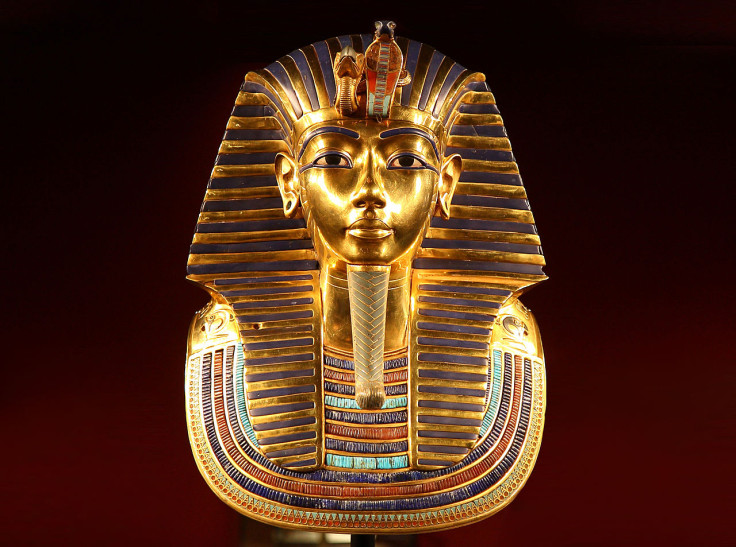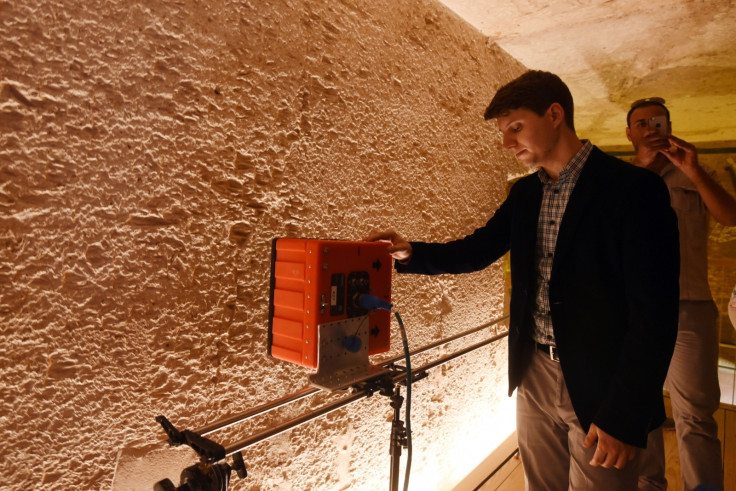Are experts about to make 'discovery of the century'? King Tut's tomb scanned for hidden chambers
Egyptologists think mummy of legendary Queen Nefertiti may be hidden behind the walls of the tomb.

A new round of radar scans will be conducted at the world-famous tomb of King Tutankhamun in Luxor to look for evidence of hidden chambers, Egypt's Ministry of Antiquities has announced.
Discovered in 1922 by archaeologist Howard Carter, the tomb was found to contain a fantastic array of priceless artefacts dating back more than 3,000 years. But despite its riches, many researchers were puzzled by how unusually small the space was for a pharaoh, sowing the seeds for a long-running debate among Egyptologists who disagreed over the reasons for this.
In 2015, Nicholas Reeves from the University of Arizona, controversially suggested that the mummy and possessions of King Tut's stepmother – the legendary Queen Nefertiti – may be hiding behind the northern and western walls of the tomb.
Since this claim was made, scans were carried out on two separate occasions using ground-penetrating radar, however, the findings were inconclusive, sparking further heated discussions among experts who both agreed with and rejected the hypothesis.
Mamdouh Eldamaty, Egypt's former antiquities minister has said that finding the hidden chambers, if they exist, would be the "discovery of the century" – something he thinks has a 90% chance of happening.

The tomb, located in the Valley of the Kings on the west bank of the River Nile, is often considered an embodiment of Egypt's glory, packed with the glittering riches of the 18<sup>th Dynasty - which spanned the years between 1569 and 1315 BC.
Pharaoh Tutankhamun was the son of Akhenaten and ruled Egypt between 1332 BC and 1323 BC, ascending to the throne when he was aged just nine or 10. He died at 18 due to unknown circumstances.
Queen Nefertiti was one of ancient Egypt's most influential queens and was renowned for her beauty, power and charm.





















